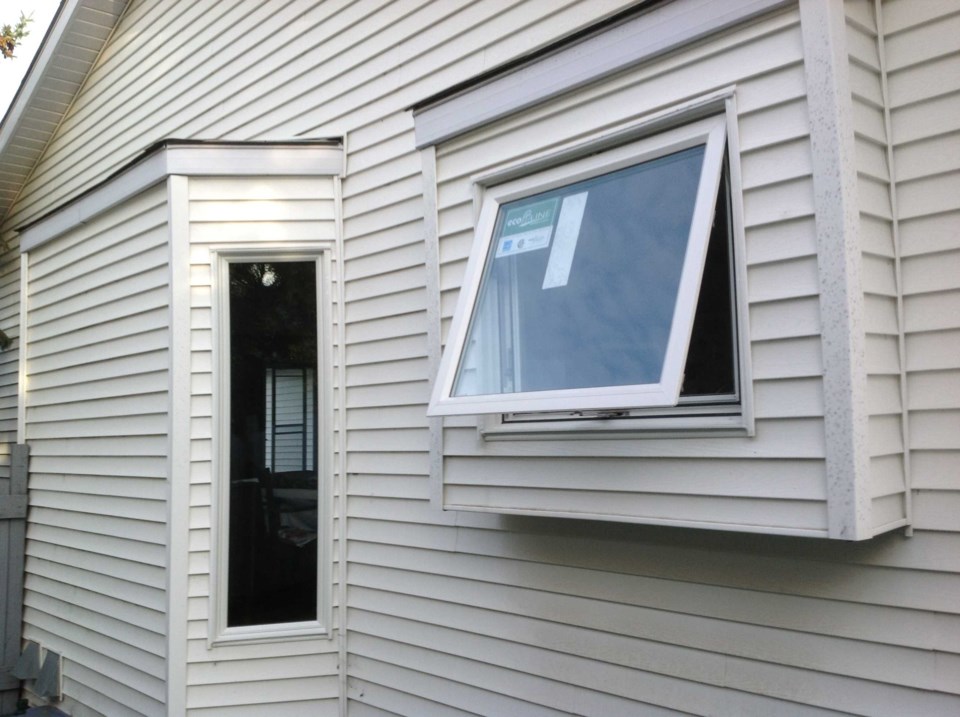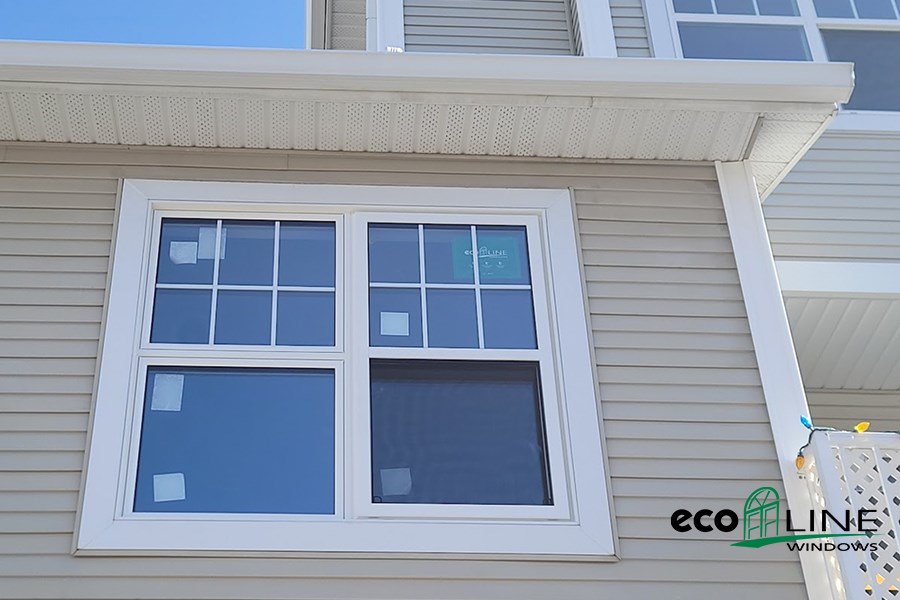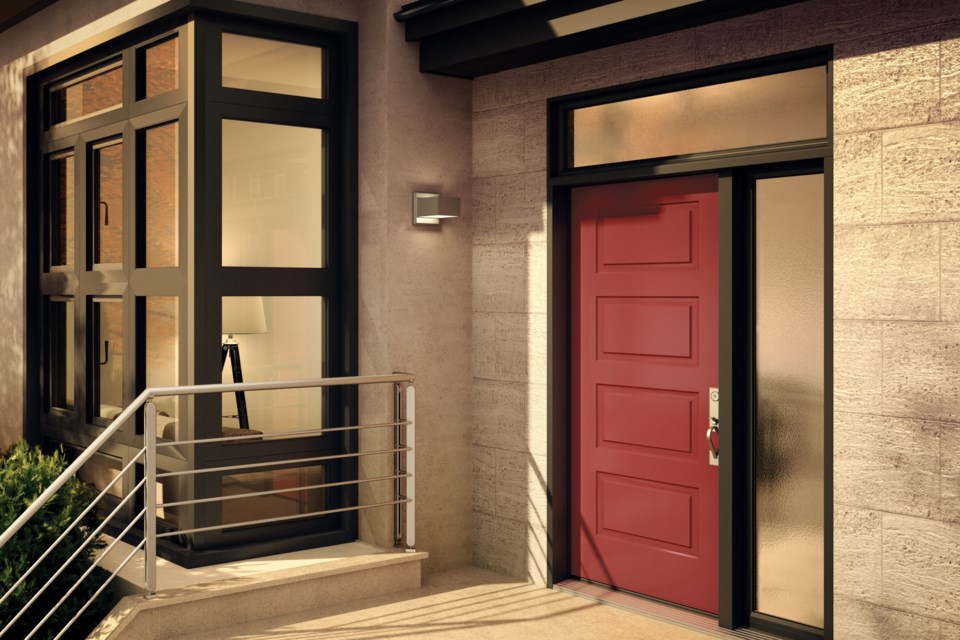As the world becomes more focused on sustainability, Passive House design is emerging as a viable option for those looking to reduce their energy consumption and live a more eco-friendly lifestyle in Canada.
Passive House design was developed in Germany in the 1990s to respond to the energy crisis and has since spread worldwide as a sustainable building method for creating comfortable, healthy living environments with minimal energy consumption. This innovative approach to building design is based on a set of principles that emphasize energy efficiency, airtightness, and insulation, resulting in an ultra-low-energy home.
The key difference from a traditional building design stems from a "passive" approach to heating and cooling rather than an active approach that relies on mechanical systems. This means that your home itself is designed to minimize the need for heating and cooling, with features like thick insulation, energy-efficient windows, and airtight construction.

The key benefits of modern Passive House design
There are many benefits to Passive House design in Canada, where cold winters and hot summers can lead to high energy bills:
- Lowered Energy Consumption: Passive House design can reduce a home's energy consumption by up to 90%. This means that homeowners can save money on their energy bills and reduce their carbon footprint.
- Enhanced Indoor Comfort: Passive House design emphasizes airtight construction, which helps to prevent drafts and maintain a comfortable indoor temperature year-round.
- Improved Indoor Air Quality: Because Passive House design relies on mechanical ventilation, indoor air quality is significantly improved, as the ventilation system filters out pollutants and allergens.
- Property Value Boost: Passive House design is still a relatively new concept in Canada, but as more people become interested in sustainable living, homes with Passive House design features are likely to increase in value.
Designing a Passive House in Canada
Creating a Passive House in Canada requires careful planning and collaboration with builders and architects. The key elements of Passive House design include window and door replacement, airtightness, and ventilation.
When it comes to choosing windows for a Passive House, triple-paned windows are the ideal option. These models have three layers of glass and two air spaces, providing significant insulation. In addition, the space between the glass panes is filled with argon gas, which further improves the window's insulating properties.
Triple-paned windows also have airtight seals that prevent drafts and help to maintain a consistent indoor temperature. They can also be equipped with low-emissivity (Low-E) coatings, further improving energy efficiency by reflecting heat into the room.

Passive House in practice
Passive House design has been successfully implemented in Canada, with many examples of homes that have achieved Passive House certification in B.C. The key features are thick insulation, triple-paned windows, and an airtight construction that helps to maintain a comfortable indoor temperature year-round. Installing solar panels and a rainwater harvesting system can also be a great step towards better energy efficiency and passive house design.
Make sure to speak with the experts before embarking on a reconstruction project since they can not only help you choose the projects to start with but also assist in claiming support from the government. For instance, the Canadian government provides many window and door rebates to support your energy-efficient replacement projects.
Challenges and limitations of Passive Home design
While Passive Home design offers many benefits, some challenges and limitations must also be considered.
One of the main challenges is the upfront cost of building a Passive House. Because Passive House design requires thick insulation, airtight construction, and high-quality windows, the initial construction cost can be higher than a traditional home. However, the long-term savings on energy bills can offset this cost over time.
Another challenge is retrofitting existing homes to meet Passive House standards. While it is possible to retrofit an existing home to make it more energy efficient, it can be a complex and expensive process that requires careful planning and construction.
Passive House design is a sustainable building method that offers many benefits for homeowners in Canada, including reduced energy consumption, improved indoor comfort, better indoor air quality, and increased property value.
While some challenges exist, the long-term savings and environmental benefits of such an endorsed trend make it a smart choice for those looking to live a more sustainable lifestyle.
New windows are the easiest and most profitable renovation project to begin with when choosing to implement sustainable and passive home design practices. Start your reconstruction journey today by reaching out to Ecoline Windows Winnipeg.




